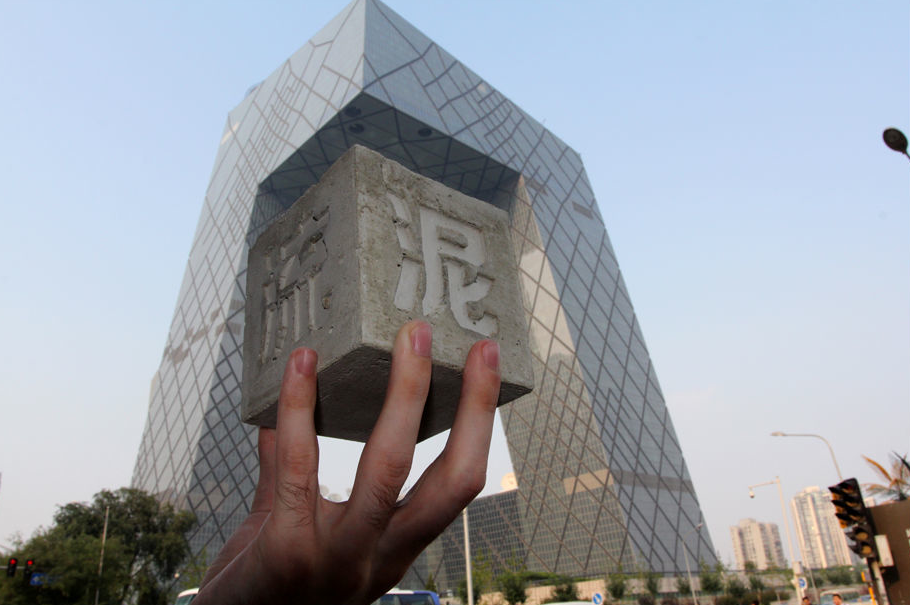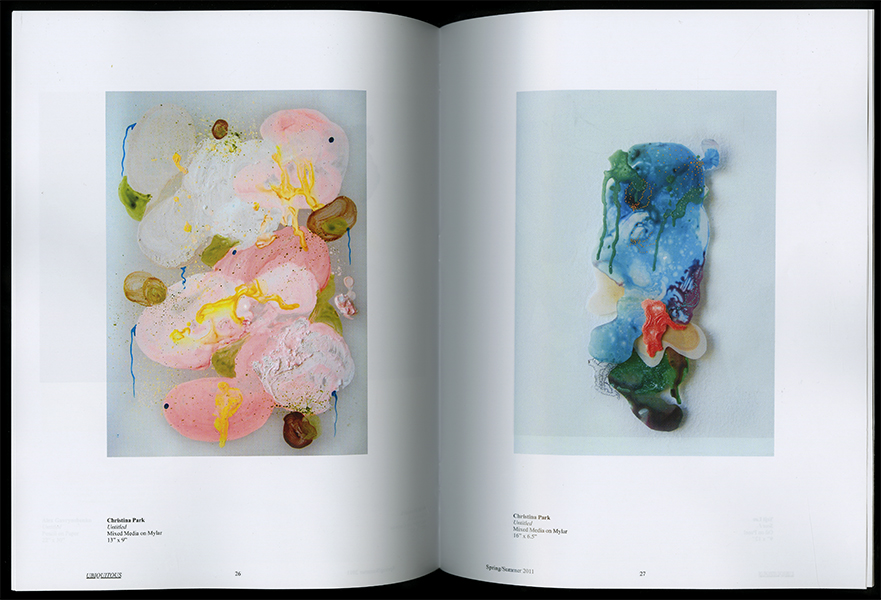Object to Things
Yingmei Duan, Rubbish City, 2008
Once a friend had an idea of an exhibition with 1 artist and 20 curators – by shifting the roles. Although, I had no idea how he was planning the structure, I found this idea interesting by thinking that it may open up a new discussion in terms of curatorial studies and formation of an exhibition. I recalled him today whilst listening the lectures at the symposium Curatorial Things in Haus der Kulturen der Welt, Berlin.
Today’s first lecture was How to Step out of the Frame? Ontological Difference and Limits of Decolonization in Exhibitions by Anselm Franke. The curator was questioning the notion of ‘object’ in exhibitions and how to challenge the perception of object nowadays.
At the beginning of his talk, Franke focused on the re-entry of hetero-normativity and how “algorithmic governance” – in his words – started to control our society. That triggered me to ask if there is a possibility without a hetero-normative approach. In the world we live, every word, every gesture has certain implications. As one of his interviews, Noam Chomsky clearly utters: we should forget what we know in terms of language and create a new one purified from the dusts of history. A word is reminiscent of a fossil – thousands of years are hidden under the layers… Is there a possibility to start all over again and have a new approach towards the object – objectification? How can we re-configure our existence?
Whilst contemplating on these, the next speaker, legendary dance and performance art theorist André Lepecki sleekly laid the answers one by one in Thing / Dance /Vagueness: Choreographic Challenges to Curating. In his appealing talk, Lepecki suggested to de/re-contextualize the object – transformation of object to things/stuff. There is a certain history of our approach towards objects. Every object serves as a utensil that has a certain function according to our perception, nevertheless things are not instruments; they have no means. According to Lepecki things have the “capacity to escape”. “The concept of thing is no longer attached to a certain intelligible formal essentiality” – allows an experiential dimension. By recalling the performance Rubbish City by Yingmei Duan – we see rubbish instead of objects on stage as a part of the piece – the dance/performance art theorist gave an example of new possibilities of using things. The trash was once an object with a certain significance, however the moment it transformed into a trash, it lost its face, identity; lost its meaning. With the act of throwing an object to trash, the memory attached to it was erased.
Another question arouse in my mind: we, as human beings; how can we free our objectified bodies? Is it possible to turn into trash – to throw off the shackles of the past; become a body without history that is free from the burden of a gendered society?











